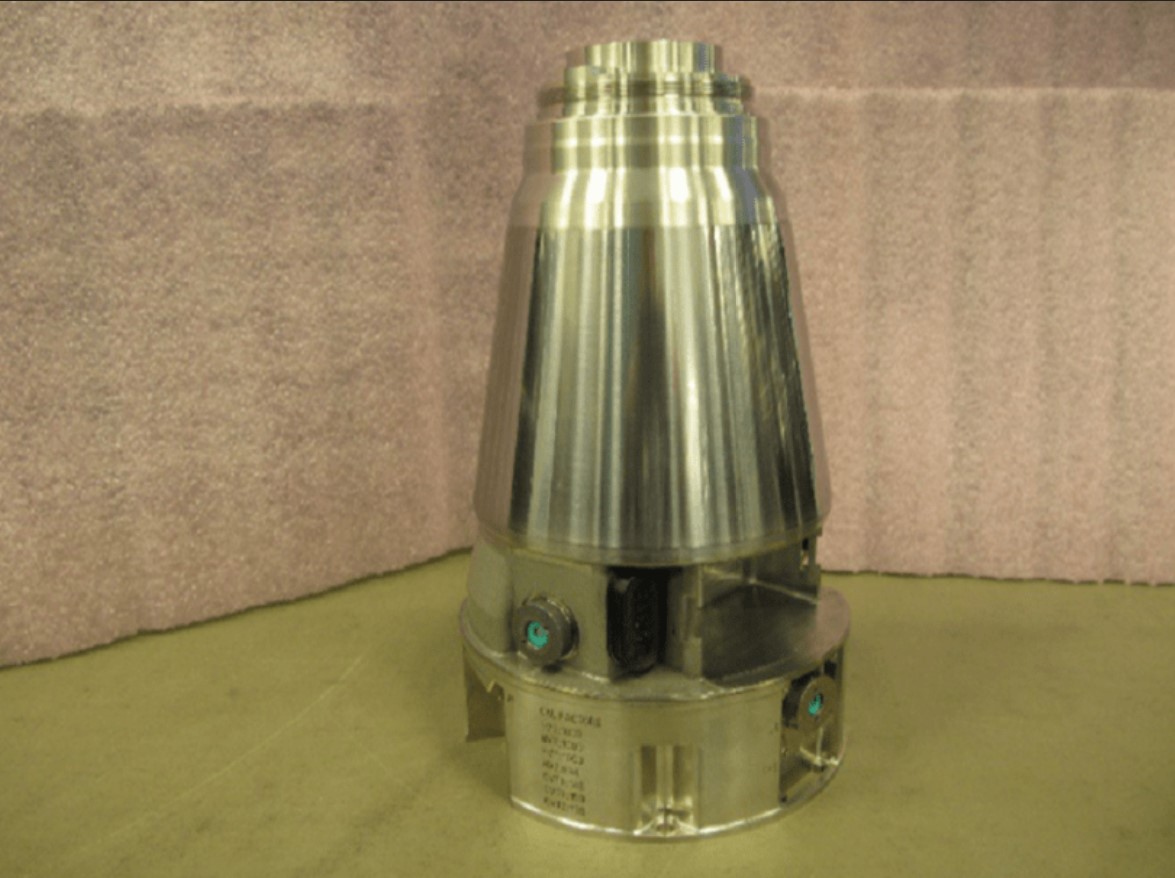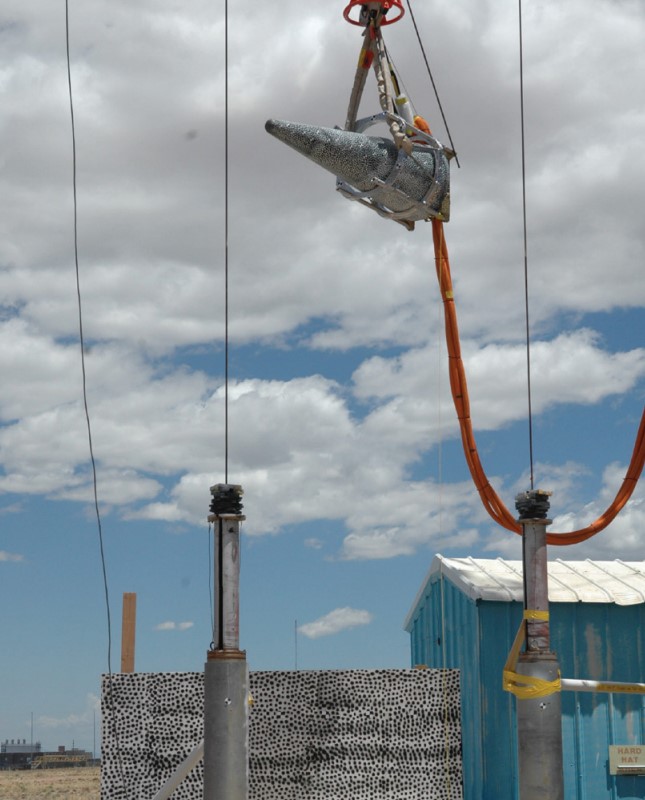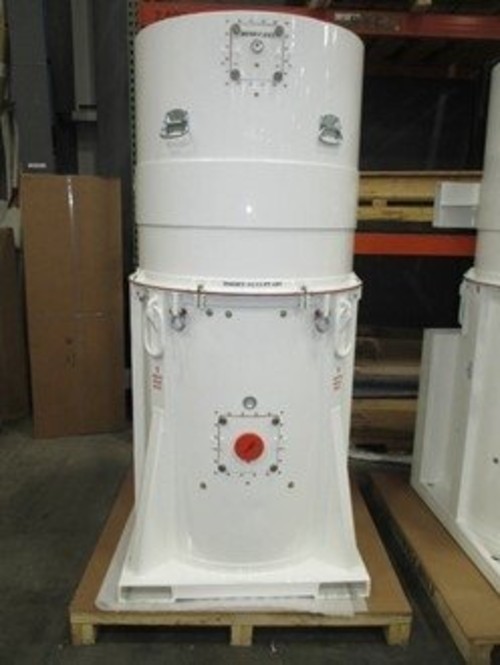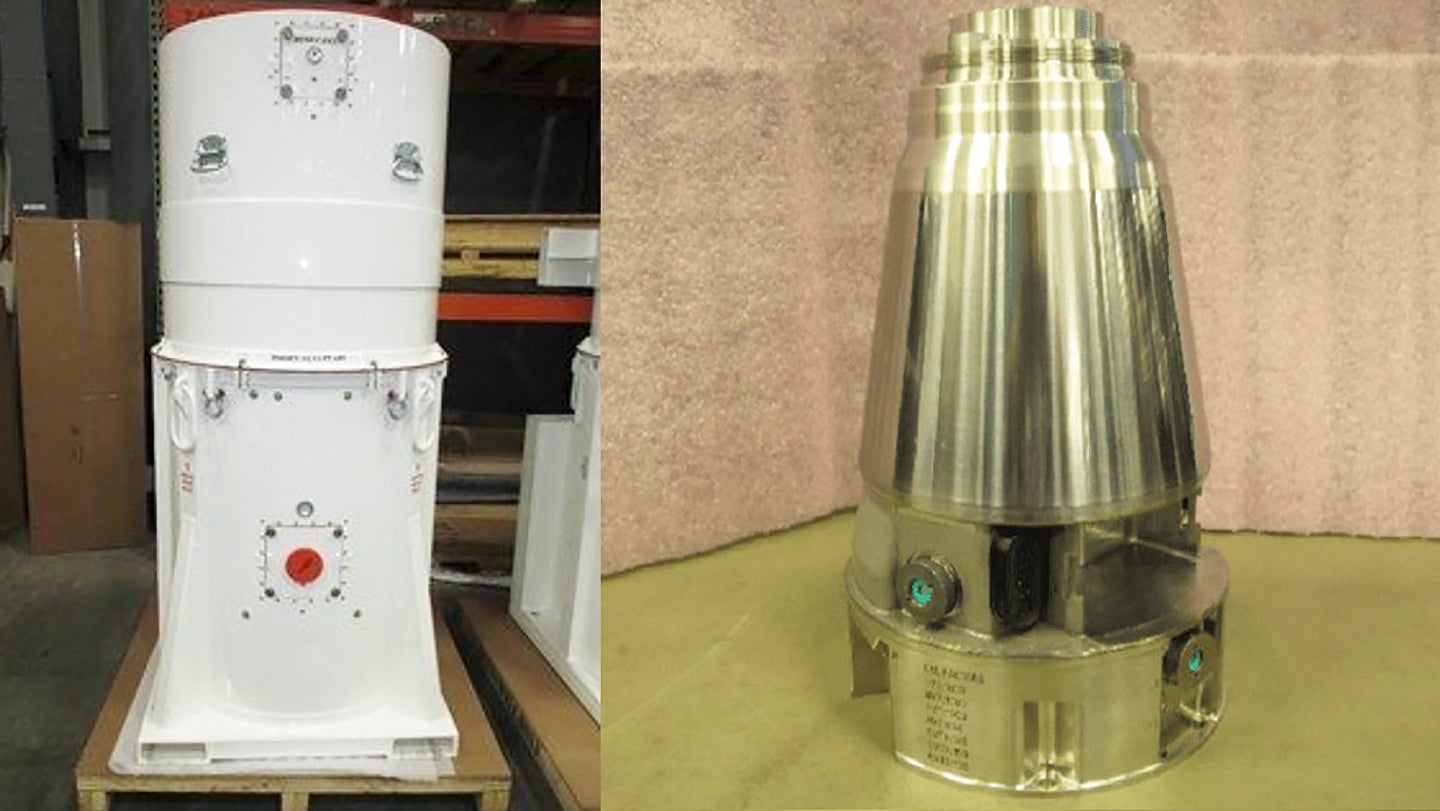The Department of Energy’s National Nuclear Security Administration has announced the completion of the first production example of the improved W88 Alteration 370 warhead, or W88 Alt 370, after 11 years of work, and a major, costly delay that was first revealed more than a year ago. This modernization program is aimed at mitigating issues relating to the age of the existing stockpile of W88s and maintaining the readiness of these warheads, which are among multiple types presently available for loading into the U.S. Navy’s Trident D5 submarine-launched ballistic missiles.
The first production unit of the W88 Alt 370 was completed at the Pantex Plant in Amarillo, Texas on July 1, 2021. Specific details about the warhead are classified, but the Alt 370 upgrade package “replaces the arming, fuzing, and firing subsystem, adds a lightning arrestor connector, and refreshes the conventional high explosives within the weapon to enhance nuclear safety and support future life extension program options,” according to an official fact sheet. In addition, the effort is concurrent with “planned exchanges of limited-life, or routinely replaced, components, including the gas-transfer system and neutron generators.” National Nuclear Security Administration (NNSA) has estimated that the total cost for the program, which is expected to continue updating W88s through 2026, will be around $2.8 billion.

The original W88 was developed at Los Alamos National Laboratory, which began producing the warheads in 1988 and delivered the first units in 1989. The warheads have an estimated yield of 475 kilotons and can be deployed in either airburst or contact detonation methods. The warheads measure just under six feet in length, making them small enough for use aboard multiple independently targetable reentry vehicles (MIRVs). It’s estimated that around 400 W88 warheads were manufactured.
Dr. Charles Verdon, Acting NNSA Administrator, stated in a Department of Energy press release that the completion of the first production unit is proof of the NNSA’s effectiveness when it comes to maintaining the nuclear stockpile:
This accomplishment is the culmination of over a decade of work, featuring contributions from several sites within the NNSA Nuclear Security Enterprise, members of the NNSA federal workforce, and members of the DoD. The W88 Alt 370 is a crucial part of Nation’s strategy for the sea-based leg of the nuclear triad, and a testament to the Enterprise’s ability to execute major modernization programs. As we continue to modernize the stockpile, the successes and lessons learned from this program will bolster our future warhead activities to provide a safe, secure, and reliable deterrent.
The Nuclear Weapons Council, a joint advisory group staffed by the Department of Energy and the Department of Defense, first approved the W88 Alt 370 program in 2012.
Flight testing of inert prototypes of the W88 Alt 370 began in 2014. The fourth and final test was conducted in November 2015, when an unarmed warhead was launched aboard a Trident II missile from the Ohio class ballistic missile submarine USS Kentucky at the Pacific Missile Range Facility in Hawaii. After that launch, the NNSA concluded that “the weapon system alteration is functional and in line with NNSA’s commitment to complete development on schedule.”

Each Trident II can carry up to 14 individual warheads, but the missiles are generally only loaded with five or six at a time due to a succession of arms control agreements between the United States and Russia, including the New Strategic Arms Reduction Treaty (New START), which the two countries agreed to extend earlier this year. In addition to W88 series warheads, the Trident IIs can also be loaded with W76-1s, which have an estimated yield of around 100 kilotons, as well as the new W76-2 variant. The W76-2 is a lower-yield design that reports have suggested could have a yield of just five kilotons and you can read more about it and the controversy surrounding it here.
NNSA had previously planned to have the first round of the W88 Alt 370 units completed in December 2019, but concerns over a $5 off-the-shelf capacitor found in each warhead caused significant delays. By September 2019, the decision was eventually made to replace those capacitors with more durable versions that cost nearly $75 each, a change that added $850 million to the total price tag of the entire effort and pushed the schedule back considerably.
Despite those delays, NNSA called the completion of the first unit a “major milestone” for the United States, claiming the successful first production unit was achieved “one month ahead of schedule after more than 11 years of design, development, qualification, and component production.”

Efforts to modernize and maintain America’s nuclear arsenal are expected to cost $1.5 trillion over the next three decades. However, because of the secrecy surrounding America’s nuclear enterprise, the astronomical costs of these programs can often avoid the public attention and oversight that more public defense programs receive, as you read more about here.
President Joe Biden’s Administration has asked for approximately $15.5 billion for various nuclear weapons-related activities in the proposed budget for the 2022 Fiscal Year. This is $139 million more than Congress appropriated for the relevant accounts in the 2021 Fiscal Year, but $460 million less than President Donald Trump’s administration had projected for the upcoming fiscal cycle.
NNSA is clearly hopeful that, having made it past the parts issue, the W88 program will now remain on track and on budget as it continues to upgrade these warheads over the next five years.
Contact the author: Brett@TheDrive.com
